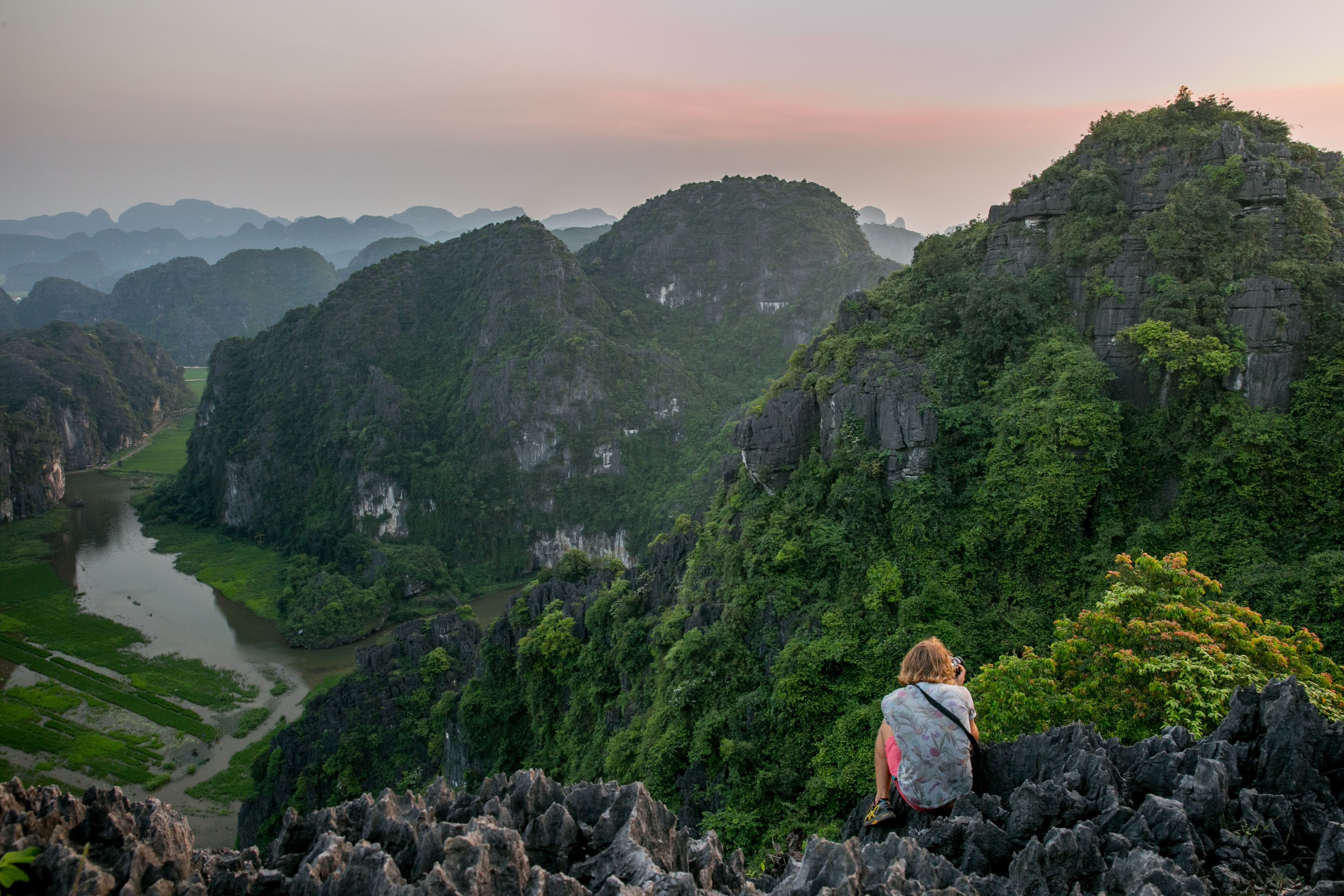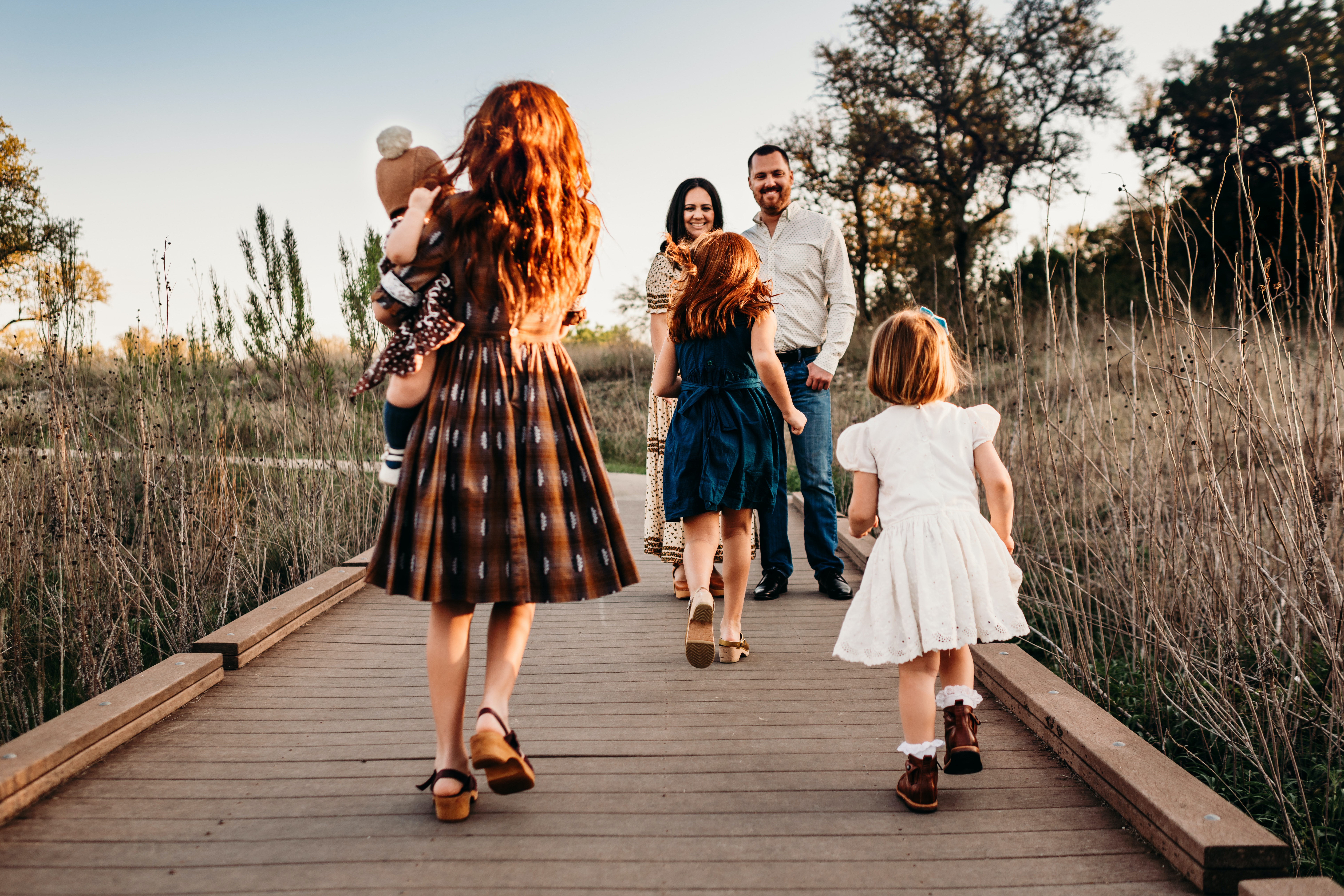
Today’s world of travel and flight is much different then it was a decade ago. Powerful X-ray machines are now at every airport waiting to destroy your film, and trust me, they will.
I shoot weddings all around the country as well as in different countries such as Mexico and Jamaica. Every country has different rules with what you can bring in and out as a photographer, but I want to start with the U.S.
The X-ray machines at U.S. airports for carry-on items won’t affect film ISO 400 and under, but if you plan to push your film or use it at 800 or 1600, then you could be in trouble. 120 and 220 rolls are more likely to be fogged even at the low ISO levels since they don’t have a plastic canister around them. Every X-ray machine is different, but I suggest getting your film hand checked to avoid getting it fogged by the machines which ruins it. Never check it with your luggage, as the powerful X-ray units designed to scan checked luggage will definitely fog your film.
I personally have TSA hand check all my film. They will swab the film rolls to make sure they are not filled with explosives. Sometimes they will just swab the bag, other times they will swab each and every roll. Every TSA officer is different, so plan on getting there a little early to allow for this process.
I also suggest putting your film in zip-lock bags and keeping it organized. This way, when you get to the TSA check point you can just hand the bag of film over to one of the officers to get it hand checked, which they have to by law if asked. Bonus tip- I always zip-lock bag my film even when I am just shooting locally because the bags keep the film clean and organized away from dust and moisture.
As a photographer, you are also allowed under the FFA to bring your camera bag as well as another carry-on bag aboard. When I travel, I use a Think Tank photo bag and it holds two F5 bodies, three lenses, my Pentax 645, three flashes, an X-Pan camera, and all of my film. I also bring tape, clips, gels, and a slew of other photography gizmos that I might need. The bag is designed to fit in the overhead space of normal jets. The only time I have had to check it below was on a small puddle jumper prop plane. Even then, I took the film out and kept it with me.
When traveling abroad, it’s best to try and bring only what you need. Most countries will allow you to bring two bodies and a few lenses. If they see more equipment than that, they may want to know if you have a working visa or permit. Depending on your assignment, it may be worth it to get the permits, but keep in mind that they will take time and money to get. When I am shooting a wedding in Mexico, it’s not worth it for me to get a permit, so I just bring my two bodies, a flash, and my film.
Not every country will hand check your film like the U.S. will. It’s always best to find out about the airport rules and local laws of where you are going to before you travel. Sometimes it may be worth it to ship your film home, or have it sent to a local lab to be developed before you depart for your return.
In addition to using zip-lock bags to stay organized, another important tool will be a Sharpie, or other permanent marker pen. I always keep a Sharpie in my pocket and mark film as I put it in the camera and/or after it is out. I mark it for what I shot it at (ISO), if it needs to be pulled or pushed, and how many stops. This is very important if you’re shooting a lot of rolls. If you don’t mark how you shot it, and some rolls need to be pushed or pulled and others don’t, then you’re going to be really confused when you go through a bag of 30 rolls and you try to figure out which is which. For example, I always mark my film with a +1 or +2 if it needs to be pushed, and I use a “N” for normal. Marking the film as you shoot, or before you shoot it is the best way to prevent getting it mixed up.
Contributor Bio: Joseph Prezioso is a professional wedding photographer who has been shooting for over twelve years and went from shooting film, to 100% digital, and then back to film again.
“Film is something I have fallen in love with, its the medium I learned on. Film will always be something special to me. It feels more versatile and creative in my hands then when I am using digital.”
Read Joseph’s other guest posts: Negative Film Stock Options and Why I love Shooting With a Nikon F5
Also, check out his new book Fearless Photographer: Film in the Digital Era
—
And for more tips on traveling with your photo gear, read: Gear Theft and Damage Tips
—








